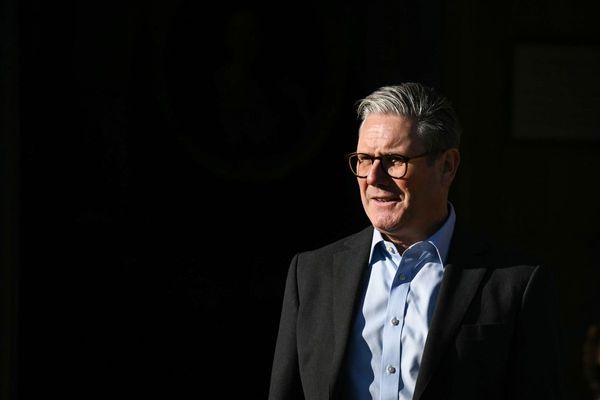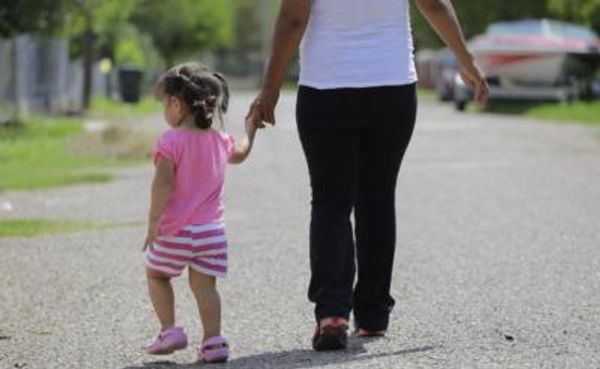
- 2025 is shaping up to be the year of underconsumption or “no buy” trends, as Americans express their fatigue with inflation, consumerism, and threats of tariff-related price hikes.
Tired of the constant gift guides and endless grocery store receipts, Americans are cutting down on spending. “No buy” challenges have taken off in the past couple of years, gaining traction on social media platforms like Instagram and TikTok, which previously served as showcases of consumption. Now a strict budgeting lifestyle is the way to go for people who are tired of inflation, constant decluttering, and dread that Trump’s tariffs will make essentials even more expensive.
True to its name, the no buy movement refers to a challenge where people stop buying nonessential items for a period of time—often a year. It’s also come under a new viral name, “project pan,” which refers to hitting the pan, or bottom, of a makeup container, or using a product to its end. Just a month into the year, a swath of beleaguered Americans are pledging to practice a “no buy 2025.”
While the trend has been brewing for some time now, “no spend challenges” searches on Google have reached an all-time high and up 40% year over year, according to the Wall Street Journal. Last year 20% of Americans participated in the challenge according to Chime, adds the Journal. It’s in part a way to feel some power over the volatile economy. Indeed, despite reports of a slight change in the overall economic outlook, inflation still leaves a sour taste in many shoppers’ mouth. Inflation stands at 2.9% as of December 2024, ticking up from the last reported 2.7%.
No buy trends take off at the start of 2025
Born out of inflation fatigue and a stream of influencers or companies promoting new products, no buy trends are in part about attempting to adopt a new mindset. “I wanted to de-center stuff from my life and stop consuming,” Shawna Ripari, who did a no buy year in 2020, told Fortune’s Alicia Adamczyk in 2022. She adds that she saved about $10,000 in the year, $4,000 of which came from cutting back on spending on makeup and clothes.
Feeling underwater while navigating the fraught economy, a thorny housing market, and increasing personal debt, some Americans have turned to clamping down on their wallet and putting on blinders to social media trends that suggest new products.
Now the price of regular staples such as eggs is climbing again, and President Trump’s threat of tariffs represents a further potential crunch to the consumer. A majority of Americans (56%) report that this year will be one of economic difficulty, per Gallup.
“If I can’t control what the stores do, I can control how I spend my money,” Donavan Harnage, a millennial analyst and part-time grocery store worker who is looking to cut back on spending, told the Journal.
Some households have turned to the no buy challenge in an effort to show their larger discontent with the politics. Rylee Marcum, a stay-at-home mother from Florida, tells CNN as much, noting that taking part in the trend helps her save around $100 weekly.
“The new administration is a big reason why I’m doing this because I don’t want us to contribute to Trump’s economy,” Marcum told CNN. “I don’t think things are going to get any better at all and I’m scared for the future,” she added.







